Welcome to Young Bones Clinic
Fractures are common complaints for which many parents bring their kids to our Young Bones Clinic for treatment. Our head orthopedic doctor in Gurgaon Dr. Ratnav Ratan is an expert in treating all types of fractures in Gurgaon, Delhi and nearby places.
Let us discuss in detail about fractures
Our bones are usually healthy and strong, and they sustain us with movement. However, due to some form of force on the bone, vitamin A deficiency, low bone density, or being old, bone fractures can occur.
A fracture is defined as a break in the continuity of the bone. Fractures can range from a small crack in the bone to a bone broken in 2 or more pieces.
Bone fractures can lead to tears in blood vessels that carry nutrients to the bone which will cause some problems. But our body has some inbuilt mechanism to repair bone fractures.
The fracture pattern describes the type of fracture line:

In a transverse fracture, the fracture line is almost perpendicular to the long axis of the bone. Such a fracture is usually caused by bending force resulting from a moving object's direct blow or by the bow striking a resistant object.

In an oblique fracture, the fracture line is oblique and makes an acute angle with the bone's long axis. Such a fracture is caused by a bending force that has a component along the bone's long axis.

In a spiral fracture, the fracture line runs spirally in more than one plane. Such a fracture is caused by an indirect rotational or twisting force. With increasing energy transfer, the spiral fractures may have butterfly fragments.

A comminuted fracture is a fracture with multiple fragments. It is seen in high energy injuries and in cases where the crushing force acts along the bone's long axis.
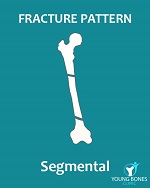
In a segmental fracture, there are two fractures in one bone but at different levels leading to a free segment in between.

An impacted fracture is caused when the broken ends of the bone are compressed together by the force of the injury. For example, a depressed fracture of the heel bone after a fall from a height. It also includes valgus impacted fractures of the femoral neck.
The fractures are often classified based on the position of the distal fracture fragment:
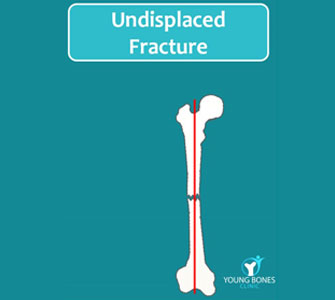
An un-displaced fracture is a fracture that is complete but has not moved from its original position.
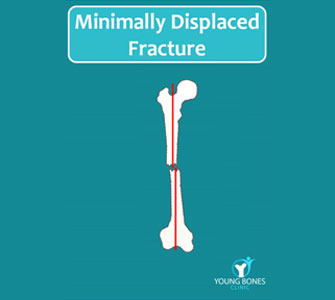
A fracture that has shifted the bone very little from its original position is said to be minimally displaced.
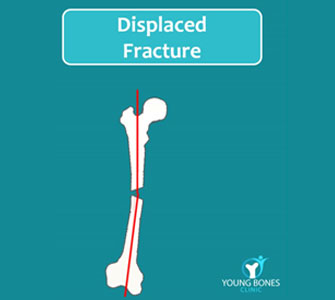
When the bone is significantly displaced from its original position, then it is called a displaced fracture.

A fracture in which the bone is visible through the skin is called an open fracture.
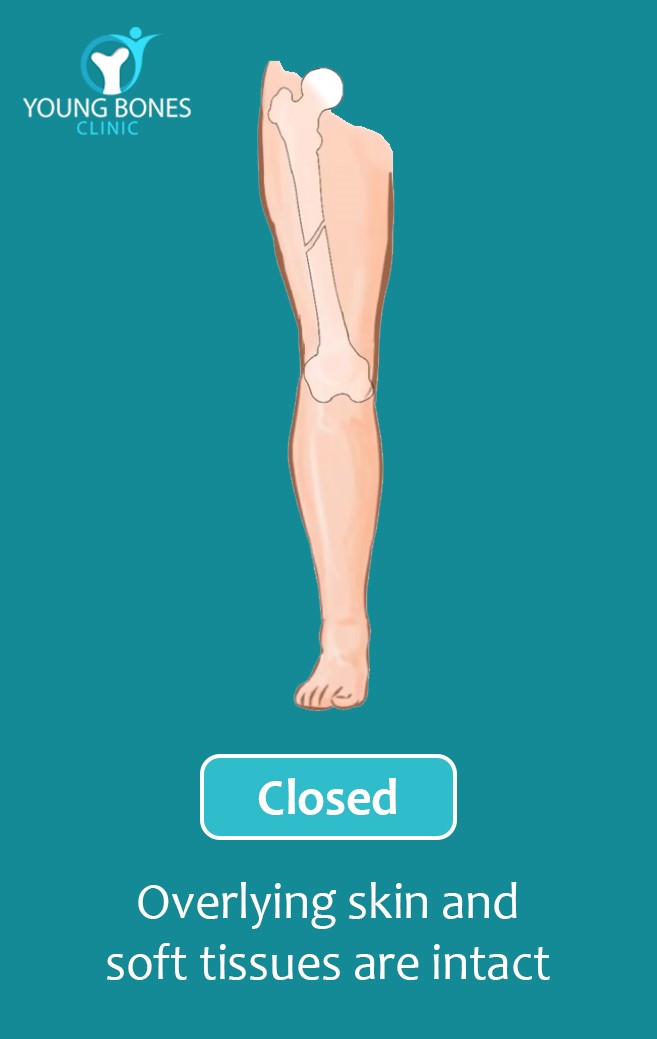
A closed fracture is a fracture wherein the bone is not visible through the skin.
Our pediatric orthopedic Dr. Ratnav Ratan will first do a physical examination and then suggest tests to locate the fracture and the condition of the surrounding area.
A fracture requires emergency treatment at the clinic/hospital.
Specific treatment after physical examination will depend on:
At Young Bones Clinic, our goal of the fracture treatment is to control the pain, heal the affected bone, prevent complications, and restore normal use of the fractured area.
Treatment of the bone fracture include:
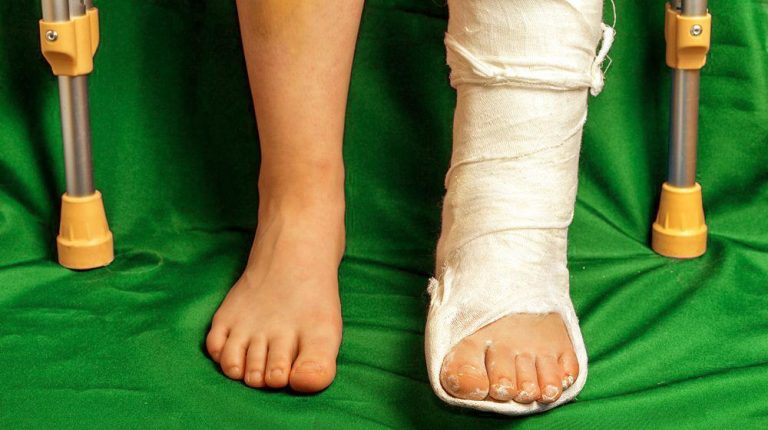
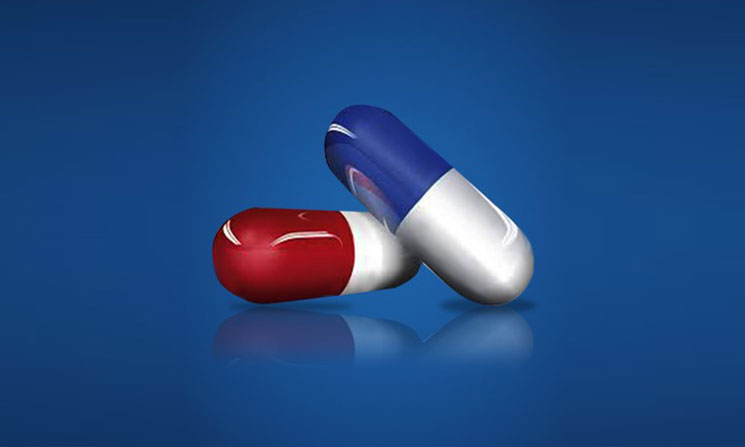

External fixation is a procedure that involves placing metal pins, or screws, into the broken bone above and below the fracture area. The pins or screws are connected to a metal bar outside the skin. It holds the bones in the proper position while they heal.

If you are facing any bone-related problems, feel free to visit our clinic. We are 100% committed to providing you proper treatment with care.